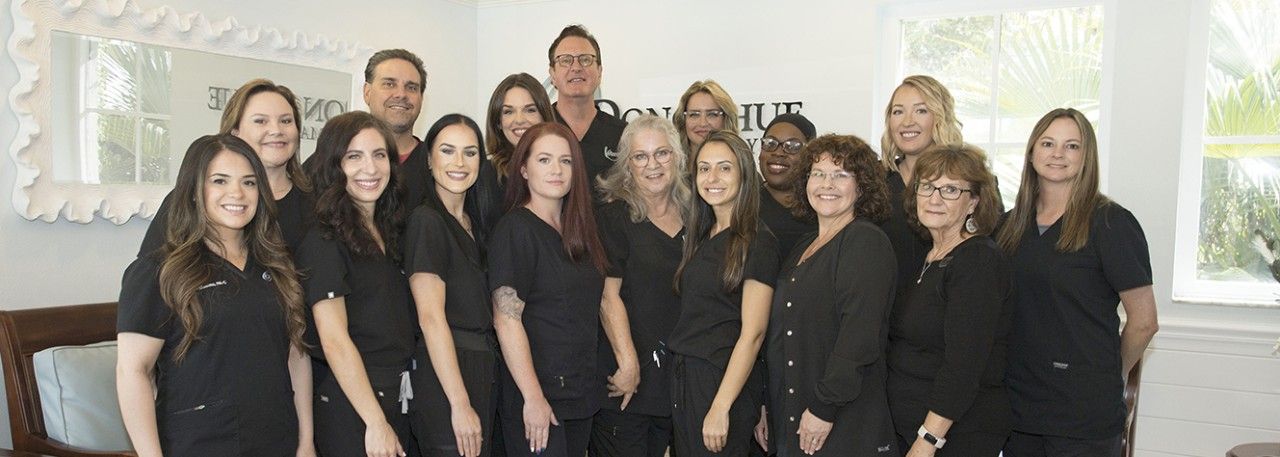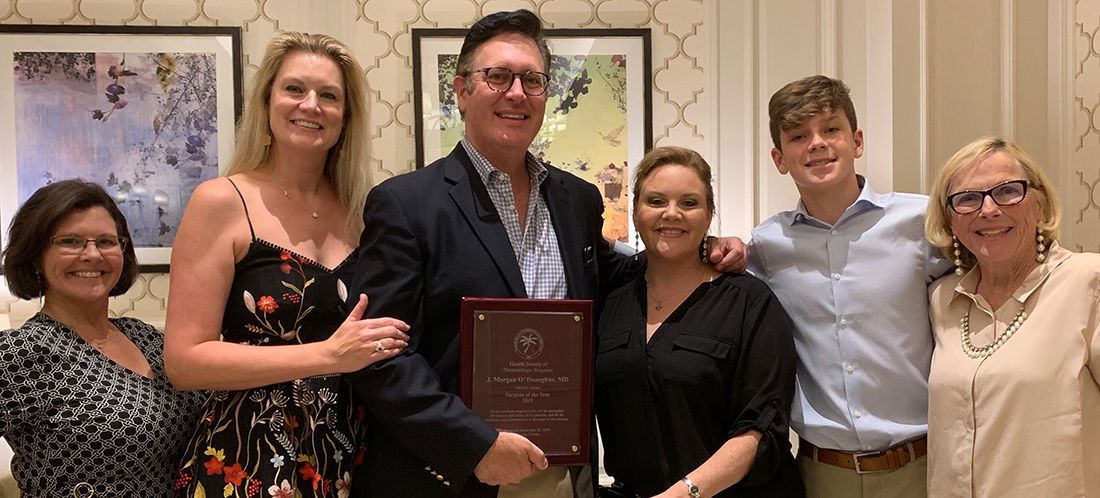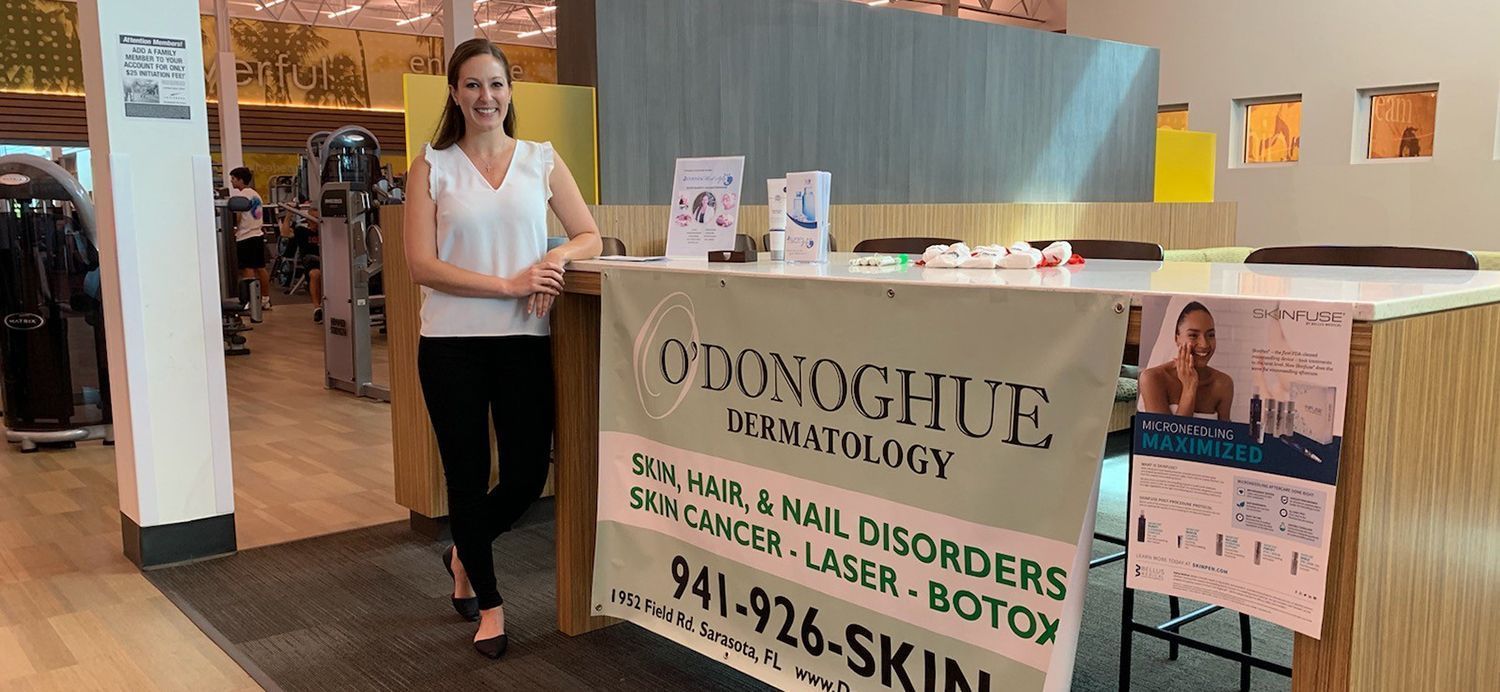O'Donoghue Dermatology
07 June 2023
O’Donoghue Dermatology has just added 2 Physician Assistants, several staff members, and numerous treatment options and product offerings to better serve their growing client base. SARASOTA, Florida (...
O'Donoghue Dermatology
15 October 2019
Becky Clark, Admin Assistant, Alison O'Donoghue, Barbara Richardson, Practice Manager, Kevin O'Donoghue, Nancy O'Donoghue Click here to read the press release SARASOTA, Florida (Oc...
O'Donoghue Dermatology
19 November 2019
Benefits & Employment Details: • 25 to 30 hours/per week needed• Competitive pay• Work hours are 7:30 AM to 4:30 PM• Drug-Free Workplace Responsibilities Include: • Perform routine clinical tasks ...
O'Donoghue Dermatology
03 September 2019
The revolutionary Candela GentleLASE is a high-energy, long-pulse laser that can safely treat a variety of skin conditions, including facial veins, angiomas, port wine stains, and vascular birthmarks,...
O'Donoghue Dermatology
06 August 2019
Licensed Esthetician, Olivia Blakely, was at the LA Fitness at the Southgate Mall promoting our new Juvenus Med Spa on Wednesday, July 31. If you missed her, be sure to mark your calendars for Thursda...




